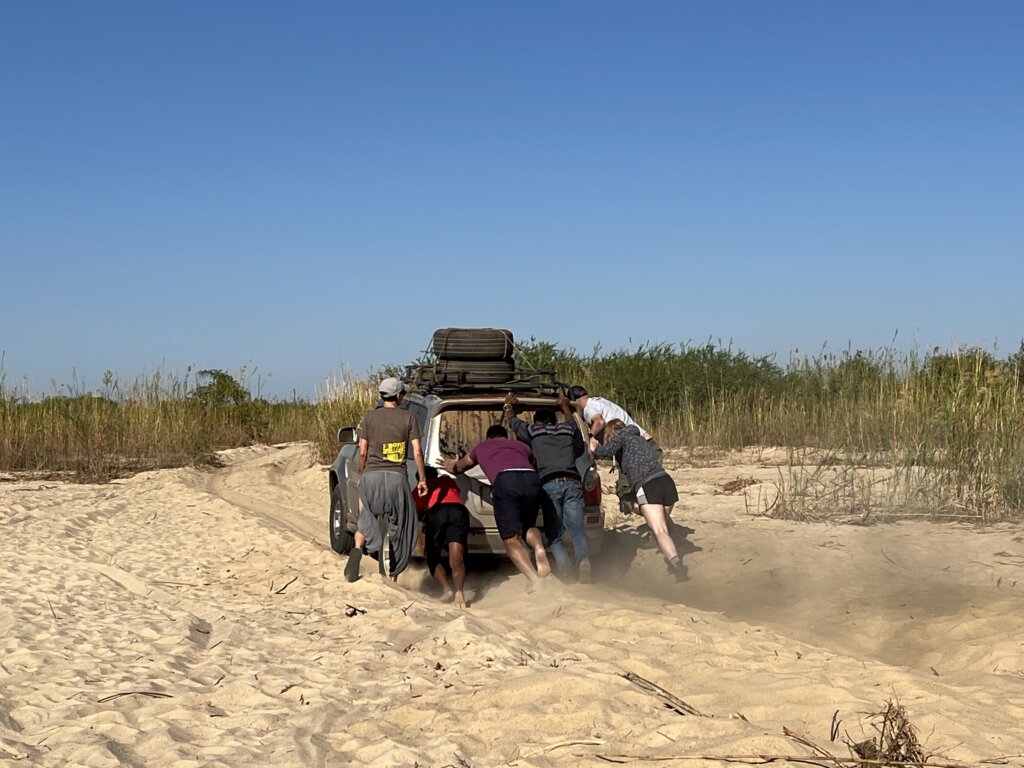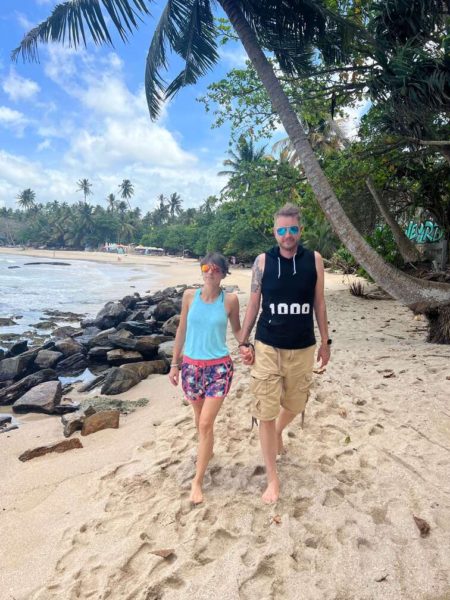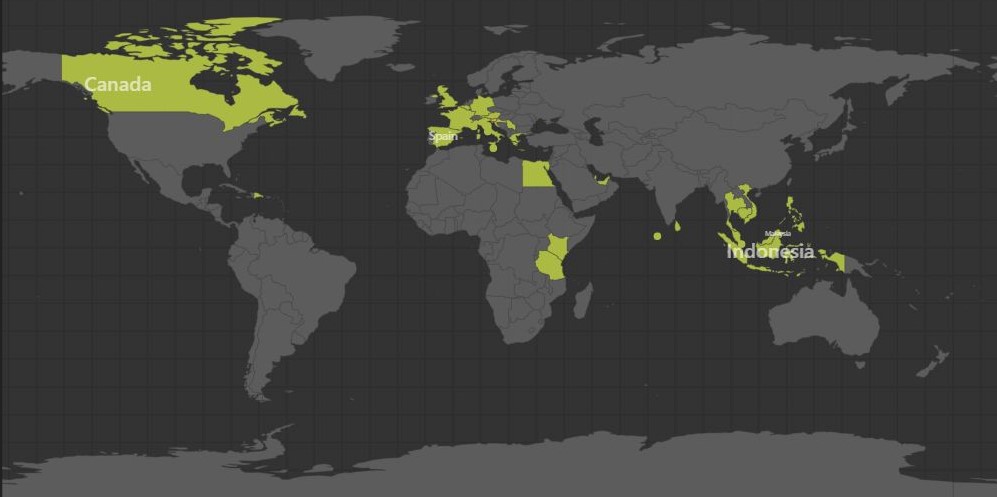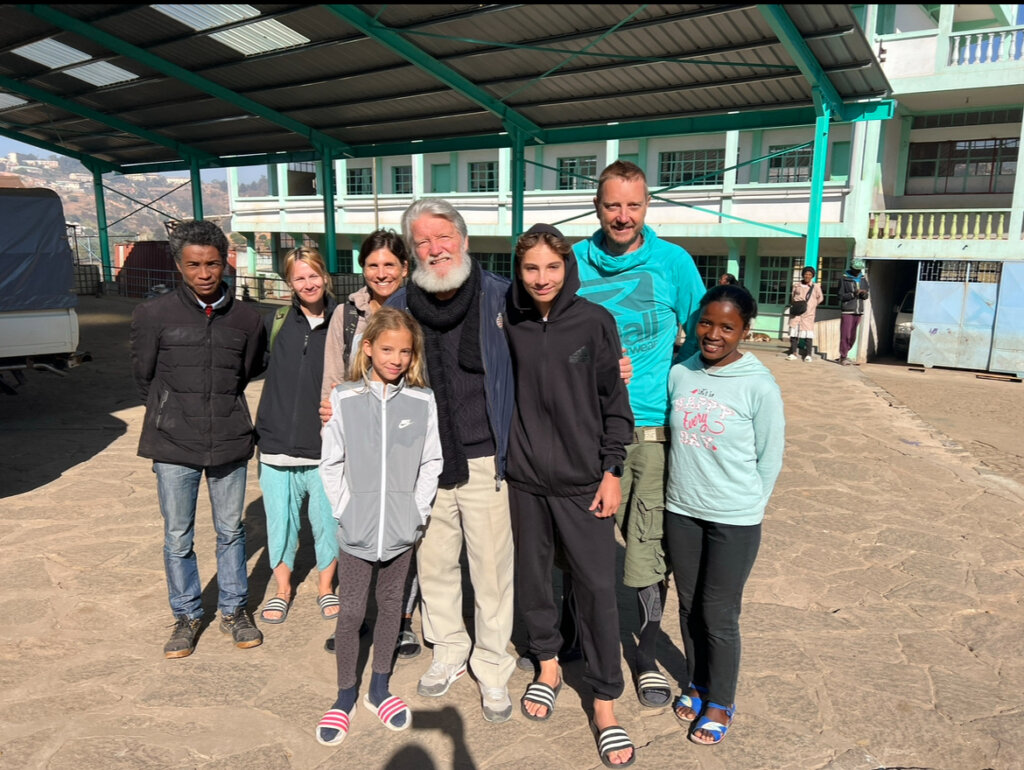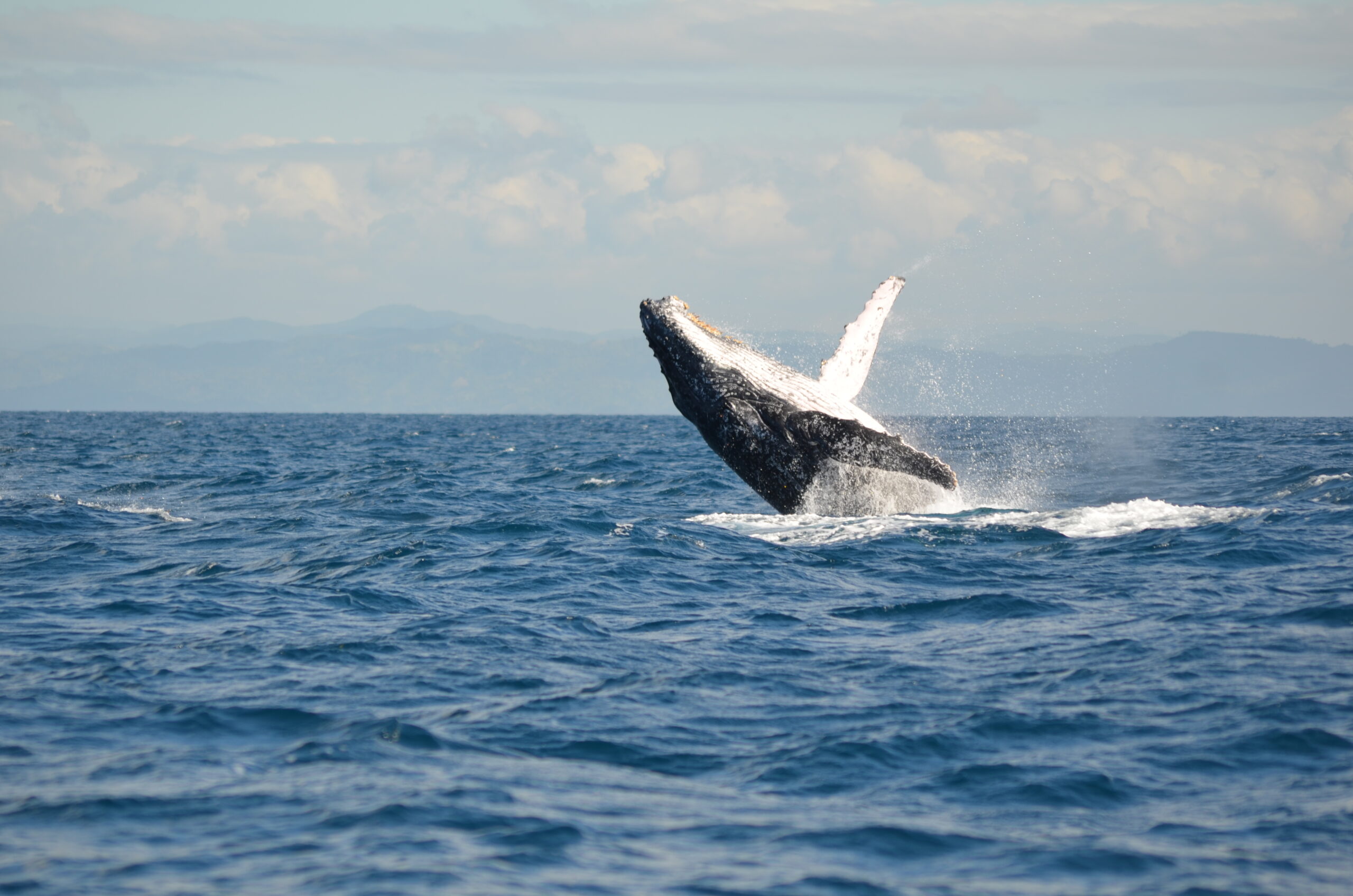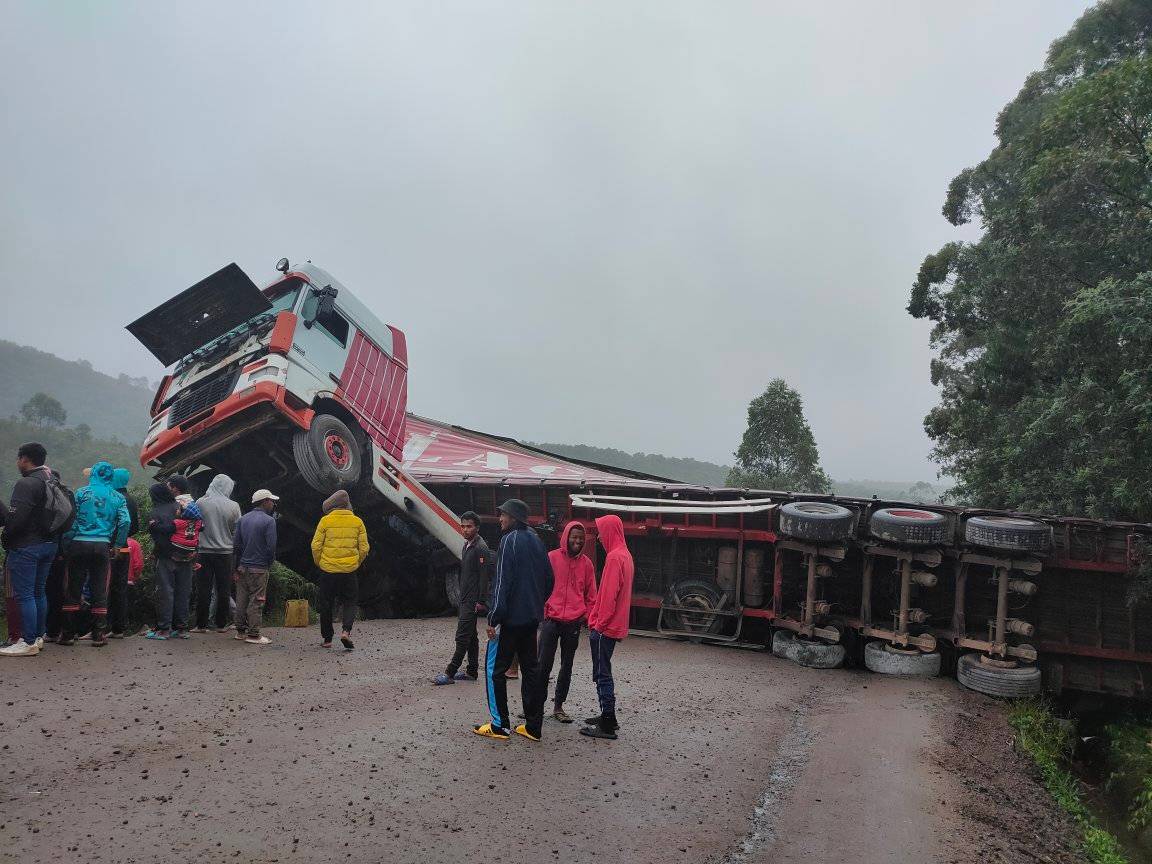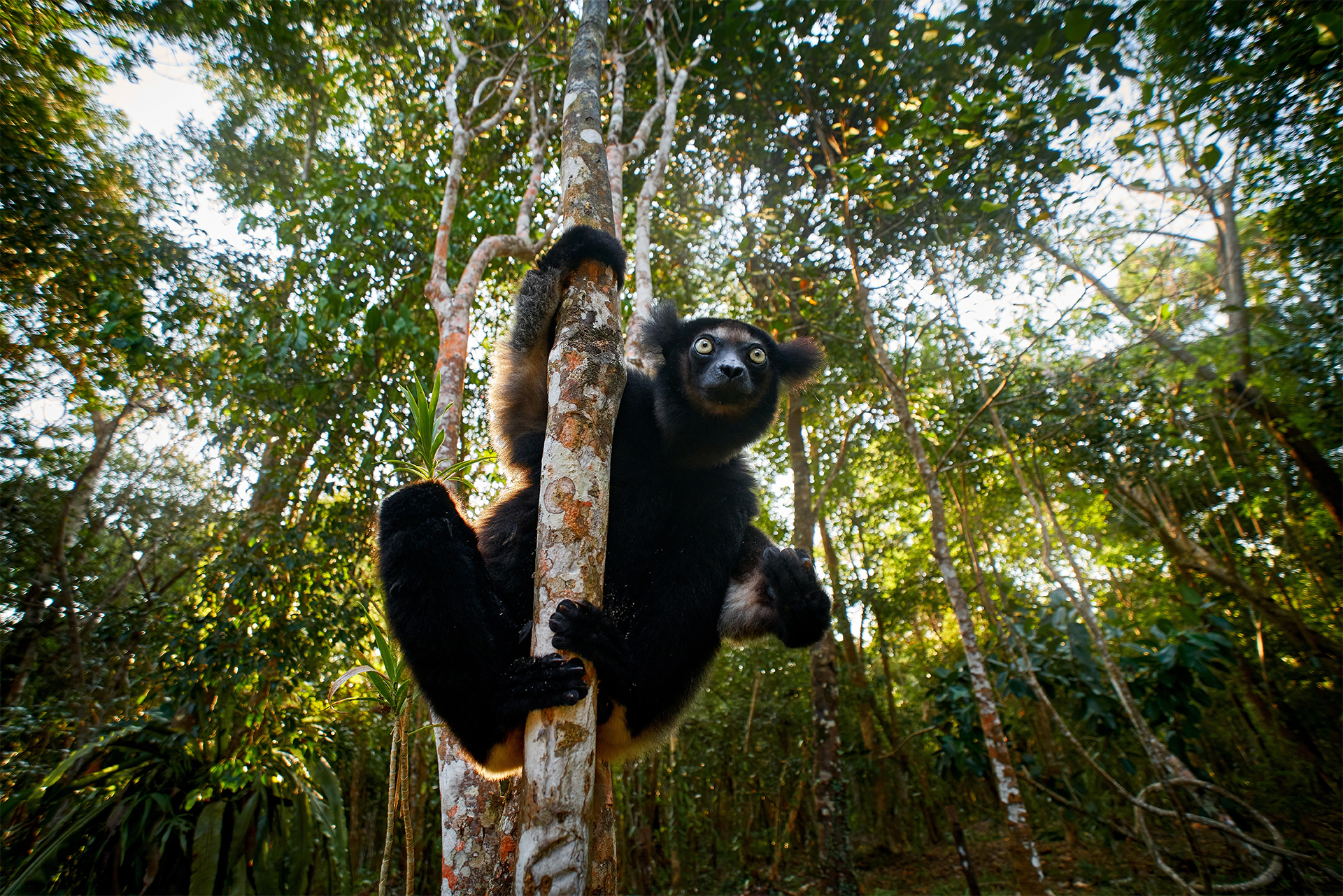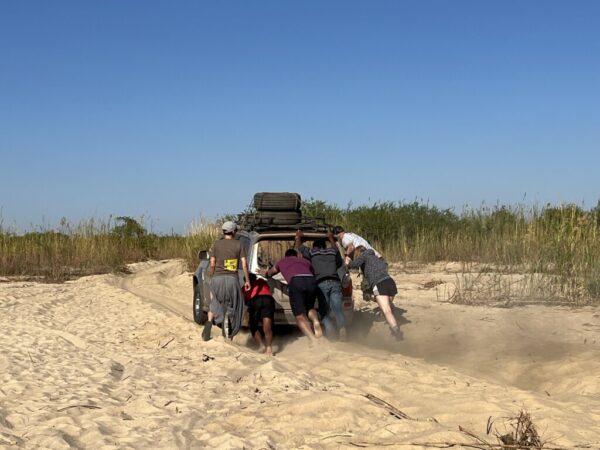Exploring Madagascar: Family Road Trip! Madagascar lies off the east coast of Africa in the Indian Ocean and is the 4th largest island in the world. Sadly, it also features in top 10 poorest world countries. It’s the most unique and interesting place we’ve traveled to. It’s rich in culture, beautiful scenery, exotic animals, tasty food, and despite not being wealthiest, full of friendly people.
Table of Contents
ToggleThe ultimate itinerary for a road trip through Madagascar
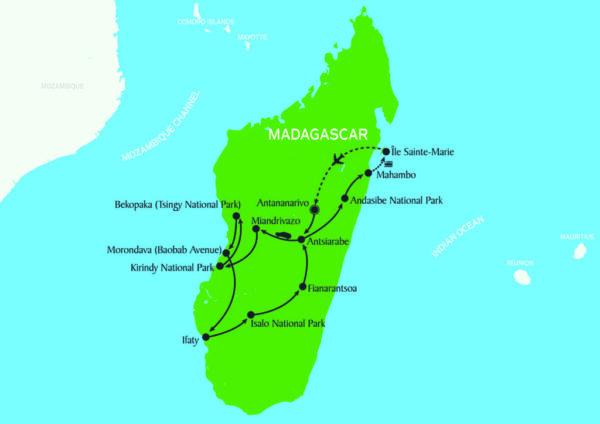
Below you will find our itinerary for a 3 weeks road trip and holiday to this beautiful island.
Tana – Antsirabe – Miandravazo – Avenue des Baobabs – Kirindy – Bekopaka (Tsingy) – Morondava – Ifaty – Isalo – Fianarantsoa – Antsirabe – Andasibe – Mahambo – Ile Aux Nattes – Ile Sainte Marie – Tana
Tips & Things to Know About Madagascar
Currency: Malagasy Ariary (MGA) 1€ = 5061 MGA that’s official bank rate but you won’t get it here. The worst exchange you’ll get at the airport – our driver got us a rate 4700 MGA for 1€, on the road to Andasibe, what turned out to be the best rate on the entire trip.
Languages: Malagasy and French are the official languages. Although English is understood in some places, and it’s relatively easy to get around, the Malagasy of our driver/guide came very handy in lots of situations in rural areas.
Visa: You need a Visa to enter and a 30-day visa costs 35 Euros/37 USD. Visas can be paid for in Euros, US Dollars, or Malagasy Ariary. There are no ATM’s before you go through customs, so you need to bring the cash with you
Main Airport: (Antananarivo) Ivato International Airport You’ll find one restaurant here and some souvenir shops. But remember that after entering the Airport you can’t pay with MGA anymore.
Malaria: Like in almost all African countries Malaria is a risk in most parts of Madagascar so we’ve checked with doctors and followed their advice on antimalarial drugs. The adults were on Malarone and Nia (10 yo) took ¾ of Lariam once per week since she is too young for adult dose of Malarone. We didn’t have any side effect. You also need to be vaccinated for Hepatitis and Tetanus and of course you have to follow basic healthy steps with mosquitos.
Yellow Fever: You don’t need a Yellow Fever vaccination certificate but always check updated regulations when going here.
Internet & Mobile: Many of the hotels have Wi-Fi, with varying degrees of speed. The main networks in Madagascar are Telma, Orange & Airtel and further in rural area you go less coverage it will be.
Water: Always drink bottled water since it’s not advised to drink the tap water in Madagascar.
Safety: Whilst the country is generally safe for visitors, Madagascar is one of the poorest countries in the world, so of course, there are going to be desperate people or opportunists about, so you should always remain vigilant and don’t make yourself a target or leave your valuables unattended. Fortunately, nothing happened to us during our 3 weeks in Madagascar. We did not see any violence, neither did we feel threatened at any time. Still, we always consulted with the locals about which places were dangerous, and we followed our guide advice to the letter. We always had only small amount of money with us in the car and the rest was in the bags on the top of it. If some unfortunate situation would occur, they would just take what we have in our pockets and run away. They wouldn’t bother with going through the strapped bags on the top. where not to go, and what to expect. Most of the time, we were advised not to walk around or drive around at night, and to take special care of our valuables in larger cities.
Electricity: They use European 2-pin style plugs.
Food: Madagascar’s cuisine is a delightful fusion of flavors, deeply rooted in the island’s diverse cultures and natural abundance. Rice is a staple, often paired with laoka, side dishes that include meat, fish, or vegetables cooked in rich, aromatic sauces. Zebu, a type of humped cattle, is central to Malagasy cuisine, featured in dishes like romazava, a flavorful stew with zebu meat and greens. Along the coast, fresh seafood is plentiful, while in the highlands, zebu plays a starring role in many meals. For a sweet finish, try koba, a traditional dessert made from rice flour, peanuts, and honey, wrapped in banana leaves. Dining in Madagascar offers a true taste of the island’s cultural and culinary richness.
Keep a Flexible Schedule
You need to change your mindset coming to Africa because here everything is very slow and relaxed’ (“pole-pole” for example in Kenya).
Here we were introduced to Malagasy time! The country’s motto is “mora mora” which basically means “slowly” and “take it easy”. There is no rush in Madagascar and the sooner you can accept this, the more fun you’re going to have.
It’s impossible for things to go as you planed them in Madagascar, so make sure your schedule is pretty flexible and don’t pack in too many activities. Maybe the boat won’t sail for that so anticipated whale watching trip, maybe you’ll be stuck behind broken truck on a road for hours, maybe even the internal flight won’t go on you planned day (it DOES happen). So “mora mora” is the answer to all of this.
For example, our longest ride was 220km and it took us 14 hours!!!
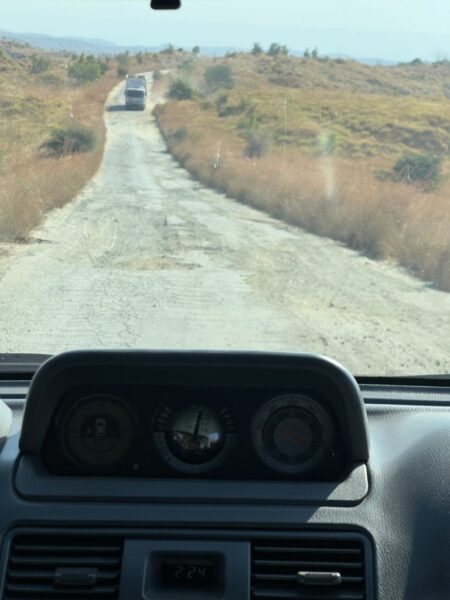
✓ Tips:
- When To Go: The cooler, dry season runs from May to October, with the peak tourist season being June to September. Tropical cyclones are common during the rainy season (November – April) and will affect coastal areas badly and the boats won’t run (especially on the east coast). Humpback whale season is from mid-June to the end of September (the reason why we went to Saint Marie Island), whale shark season is from September to December (Nosy Be Island at NE Madagascar)
- What to Bring: Backpack (don’t use suitcases because you’ll struggle carrying them around day in day out), small Daypack for daily hiking, waterproof Duffel Bag for boat trips, long sleeves, warm jacket (I know it’s Africa you might say but in the mornings the temperatures in the central parts were only 7 degrees Celsius), walking/hiking boots, hat, water bottle so you can buy large one and reuse your bottle and contribute to less plastic in the world, leggings (for ladies) and of course swimsuit. (detailed list further down)
- Favorite hotels on the road: Soa Lia Hotel (Miandravazo), La Bella Donna (Ifaty), Satrana Lodge (Isalo), Tsara Guest House (Fianarantsoa), Villas de Vohilava (Ile Sainte-Marie)
Essential Items for Your Madagascar Adventure:
- Sturdy Hiking Boots – Essential for trekking through rainforests and navigating the rugged tsingy formations.
- Quick-Drying Hiking Gear – Lightweight, breathable clothes that dry quickly are perfect for staying cool and comfortable, especially in Madagascar’s humid climate. Don’t forget quality hiking socks.
- Comfortable Shorts & T-Shirts – Ideal for the hot and humid conditions you’ll encounter. Choose something that’s breathable but not too revealing.
- Long-Sleeved Clothing – Necessary for trekking to protect against mosquitoes and leeches in the forest. Long pants and shirts are a must.
- Warm Layers – If your journey takes you to the highlands, especially during the cooler months of June and July, bring some warm clothing as temperatures can drop significantly. We had 7 degrees Celsius in the mornings.
- Sun Protection Hat – With Madagascar’s strong sun, a good sun hat is essential to protect yourself from sunburn.
- Swimwear – Many accommodations feature pools, and after a day of exploration, you’ll likely want to cool off.
- Light Rain Jacket – Expect some rain, so a good rain jacket will keep you dry during unexpected showers.
- Waterproof Sandals – Handy for wandering around town or for lighter hikes, especially during rain when streets can get flooded.
- Rehydration Packs – Vital for combating dehydration or an upset stomach, which can happen during travels.
- Malaria Prevention – Consider bringing malaria tablets since the disease is prevalent in Madagascar. Consult with your healthcare provider.
- Insect Repellent – A strong bug spray, preferably with 50% DEET, is crucial to keep mosquitoes at bay.
- Sunscreen – Sunscreen might be hard to find, so pack enough for your trip.
- Camera & Zoom Lens – Madagascar’s wildlife and landscapes are incredibly photogenic. A camera with a zoom lens (up to 300mm) will help you capture those perfect shots.
- European Plug Adapter – Madagascar uses Type C plugs, so if you’re coming from the UK, US, or other regions, bring the appropriate adapter.
- Portable Lighting – A headlamp or torch is handy during frequent power outages and in areas with limited street lighting.
- Power Bank – Useful for charging your devices on long journeys or during power cuts. Keep it charged whenever possible.
- Dry Bags – Protect your valuables like cameras and laptops when traveling by boat. A smaller dry bag is also useful for storing essentials like your phone and cash while swimming.
- Waterproof Bag Covers – Particularly useful during the rainy season or if there’s a chance your bag might be exposed to the elements on top of a bus
Is this Southeast Asia or Africa?
Honestly, we didn’t know what to expect Madagascar would be like, but from arrival on and driving from the Airport to Antsirabe we felt like being in somewhere in Southeast Asia. Small huts, animals on the streets, greenery – especially rice paddies, smell of food from the stalls, lots of tuk-tuks.
Later on, at the end of our trip when we’ve visited The Rova of Antananarivo, also known as Queen’s Palace, the royal palace complex, we found out why the impressions. Archeological and linguistic evidence establishes that a group from what is today Indonesia colonized Madagascar at least by 600-700 CE, and possibly earlier. The Indian Ocean was then an active zone of maritime trade (and had been since at least the late centuries BCE) and there’s some evidence that the first Southeast Asian voyagers to Africa’s east coast sailed under the banner of the empire of Srivijaya, whose capital was situated in southeast Sumatra but which controlled the length of the Melaka Straits.
But of course, there is definitely a strong sense of Africa here too. Malagasy culture is made up of many subcultures and tribes, each with its own customs and traditions, mostly originating from Indonesia and East/Southern African settlers, who have blended together to make one of the most unique and interesting cultures in the world.
Is Madagascar an Expensive Place to Travel?
Madagascar can be a cheap place to travel. Local transport is cheap, local food is cheap, and local accommodations are cheap.
We usually like to use public transport to explore and experience the places we travel to. Sadly, this is not the case in Madagascar since the roads in Madagascar are so bad that you can spend days on them, even though destinations are relatively close.
You are left with the option of hiring driver/guide for the trip which will also come handy since as a tourist I guess you don’t speak Malagasy. The cost of car plus driver was 75€/day + separate for the gasoline (for 18 days we’ve paid 420€ for gas and we did around 3000 km).
There aren’t many hostels though, so you will usually be paying for a private room in most places. We’ve booked almost 1/3 of our accommodations on Booking.com and rest via Google contacts. From 11 different place we only completely strike out once (more on that later on). But there are plenty of affordable hotels, even if travelling solo.
If you don’t want to go overland everywhere or are short on time, a good way to get around is the local airline Tsardia. We flew with them on our way back from Sainte Marie Island to Tana and it was the best choice we could make. An hour flight instead of two days on a dusty road full of holes. Mind that the internal flights are not cheap – we’ve paid around 150€/pp one way.
There are also ferries and speedboats that go to some of the smaller islands and down the rivers too. From Mahambo to Sainte Marie Island it took as good 4 hours on an old and slow ferry.
International flights can also be very expensive. Our flight from Slovenia via Turkey (Istanbul) was the most expensive flight we had on our travels. It was 1200€/pp and it was via stop on Mauricius – most of the airlines are taking that route.
✓ Costs:
- Average cost for accommodation via Booking was around 100€/room for 5 people.
- Breakfast: 15.000 – 35.000 MGA (3,3 – 7,7 €), Dinner:000 – 60.000 MGA (6,6 € – 13,3 €).
- Drinks: Local Beer THB (Three horses beer, 0,6l) 7.000 – 11.000 MGA depending on location 1,5€ – 2,4€. World Cola (Madagascar version of Coca Cola) 4.000 MGA /0,8€. In a store you can get beer for 4.500 MGA /1 € and World Cola for 1.500 MGA/0,3€.
It’s about the Journey not the Destination
If you like old-school, hard core adventure Madagascar will be perfect for you. Long drives in the jeep that WILL broke down eventually, being pulled with hands to get across the river, climbing rocks, exploring caves, watching sunset behind majestic Baobab trees, whale watching, listening stories about pirates at the real pirate cemetery and so many different species of lemurs everywhere (yes, King George aka Makis too).
You don’t come to Madagascar for some big bucket list activities like seeing Big 5 in Tanzania or Kenya, neither will you experience Zanzibar-like beaches here. But I promise you, you’ll be entertained every single moment and you will bring memories that will last for a lifetime her.
It’s rough and ready, the ‘highlights’ are few and far between and it has the worst roads that we’ve ever come across, but it’s an incredible and magical place to travel for those who dare to visit!

